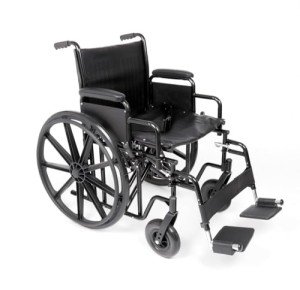bariatric self propelled wheelchair
Designed to be pressed by caretakers, transport chairs include smaller sized front wheels and larger rear wheels. They are a popular option for users with minimal mobility who can not stroll separately.
When shopping for a lightweight bariatric transport wheelchair, consider the user's requirements and how they'll utilize the chair. Also, measure any doorways and other spaces the chair will travel through.
Seating
Bariatric transport chairs feature a large 22 to 36 inch large seating area that accommodates extra-large users. The chair seat is made from breathable nylon and comes with cushioned arms that can be eliminated and swing-away footrests. Unlike basic wheelchairs, which are perfect for average body weights, bariatric chairs have actually much heavier frames constructed from strengthened materials and larger rear wheels that make it simpler to push them. Speak with a mobility professional to find out more about your alternatives and to figure out which kind of wheelchair is best for you. Bariatric wheelchairs are often covered by insurance providers like Medi-Cal if your medical condition satisfies their coverage requirements.
bariatric wheel chair use heavy-duty frames made of strengthened products like steel and have wider seats than standard wheelchairs. They are designed for individuals with greater body weights and can hold a maximum weight capacity of 700 pounds. They also have bigger rear wheels, which make them simpler for caretakers to press. Bariatric wheelchairs are typically covered by insurance such as Medi-Cal, depending on the client's specific medical needs and medical diagnosis. Ask a healthcare professional or mobility expert to assist select the ideal chair for your distinct requirements.
Click on this link for more info. Medline Bariatric Transport Chair. Crimson Hammertone Frame.
Weight
While standard wheelchairs have lighter frames and smaller wheels, bariatric transport chairs include heavier-duty products and a wider seat to accommodate users who weigh more than average. Because of their specialized style and construction, they tend to cost more than basic chairs. However, lightweight bariatric wheelchair like Medicare and Medi-Cal may cover the expense of these chairs if the user fulfills the criteria for protection. To learn more about which chair is best for you, call a rehabilitation specialist today.
Wheels
Bariatric transport wheelchairs have larger rear wheels than standard models, making them much easier to press. They're typically utilized in medical facilities and home settings, where the chair is pressed by caretakers. The extra-large rear wheels likewise enable the chairs to navigate a range of terrain, including outdoors.

Standard wheelchairs normally have smaller sized wheels, that make them more maneuverable inside however less suitable for daily usage on outside streets and other surface areas. Mobility professionals recommend seeking advice from a doctor or mobility expert to pick the finest wheelchair for your specific requirements and goals.
This sturdy, nylon reinforced steel transport chair supports clients as much as 500 pounds and features a roomy 22" seat, padded desk-length armrests, swing-away footrests and hand brakes. The 12-inch rear wheels ensure a smooth ride in any environment.
